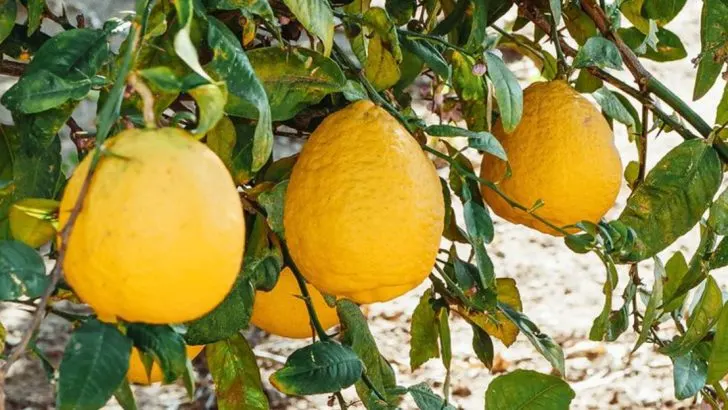Is your lemon tree showing yellow leaves? Don’t worry – it’s a common issue with several possible causes. From nutrient deficiencies to watering problems, here are 10 reasons your lemon tree’s leaves may be turning yellow and how to fix them!
Nutrient Deficiency
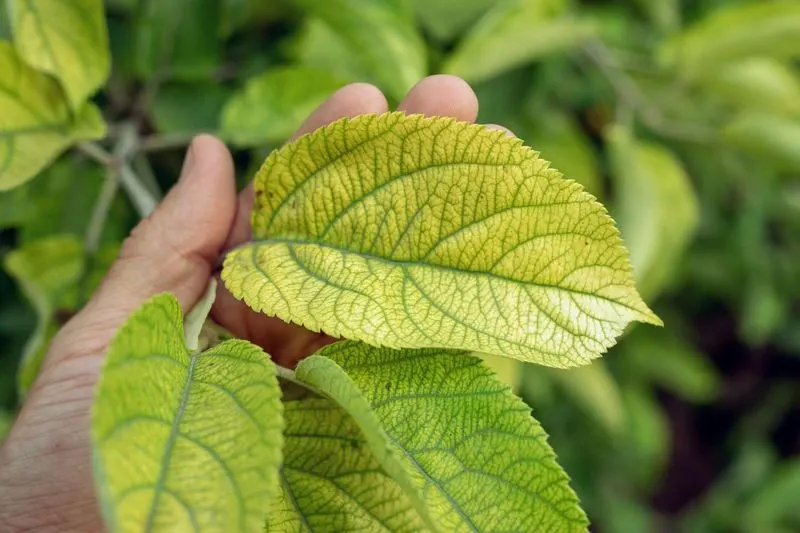
Yellowing leaves often hint at a lack of essential nutrients like nitrogen or magnesium. Without these nutrients, the tree cannot perform photosynthesis properly, leading to discoloration. Consider testing the soil to identify specific deficiencies. Apply a balanced citrus fertilizer to address these issues. In some cases, slow nutrient uptake in colder weather can exacerbate the problem, so patience may be required. Regular feeding schedules, adapted to seasonal changes, provide the tree with necessary elements. Keeping a keen eye on new growth is crucial, as this often indicates whether your fertilization efforts are effective.
Overwatering
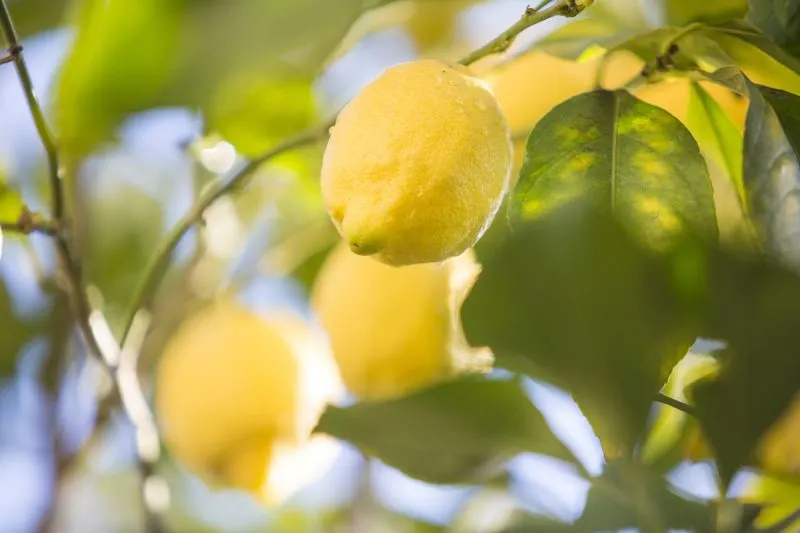
Excess water can suffocate roots, depriving them of oxygen and leading to yellowing leaves. When soil remains waterlogged, root rot becomes a significant risk. Always check the soil’s moisture level before watering. If it’s still damp a few inches below the surface, hold off on additional watering. Improve drainage by incorporating sand or organic matter into the soil. Elevating the plant bed or pot can also assist in preventing overwatering. Adjusting your watering schedule based on weather conditions ensures that the roots remain healthy and oxygenated, preventing yellow leaves.
Underwatering
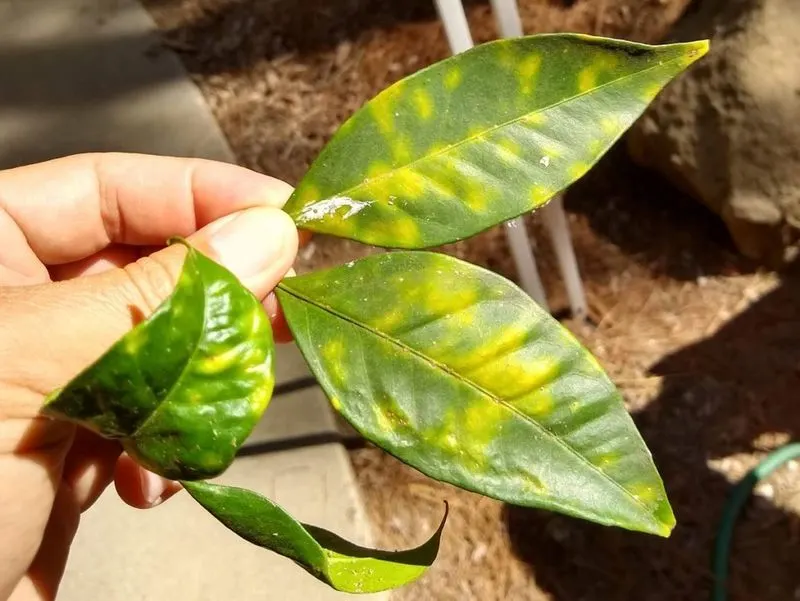
Lack of water causes stress in lemon trees, manifesting as yellow leaves. During hot, dry spells, these trees require more frequent watering. However, it’s essential to water deeply, ensuring moisture reaches the root zone. Mulching around the base can help retain soil moisture. Observe the tree regularly, especially in the heat of summer, to adjust watering routines as needed. Always aim for consistency rather than soaking and drying cycles. Proper hydration promotes overall health, supporting the tree’s ability to absorb nutrients and maintain vibrant, green leaves.
Improper Soil pH
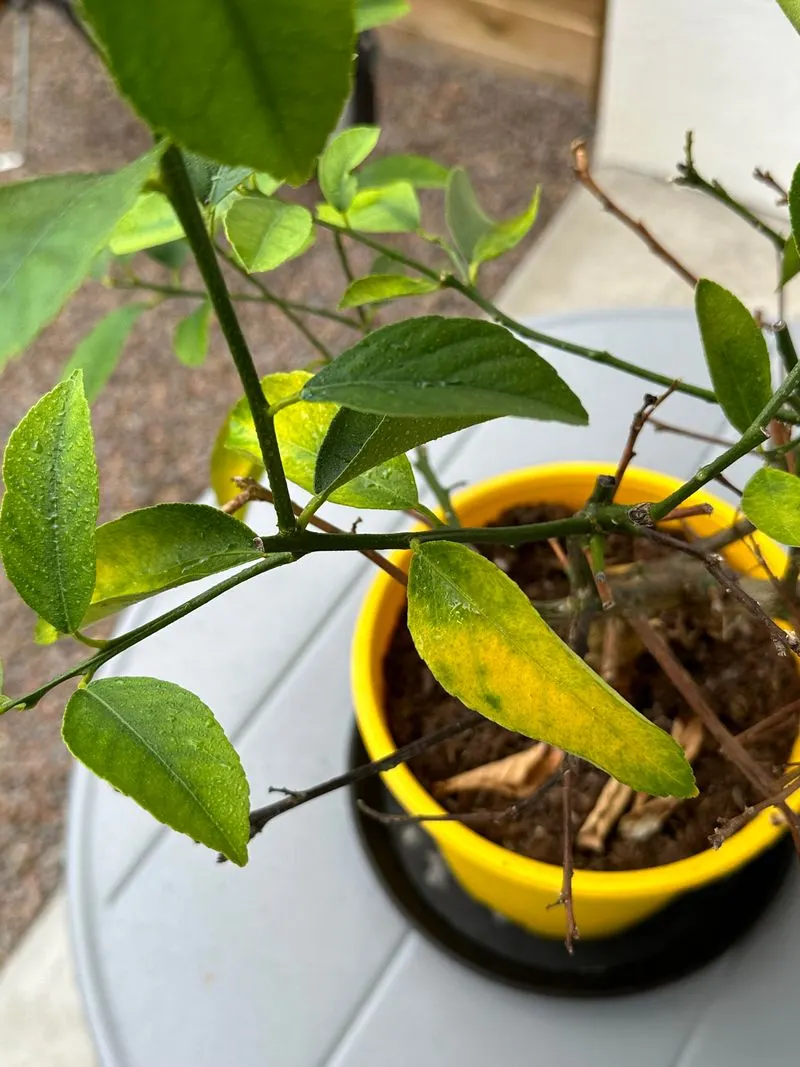
The right soil pH is crucial for nutrient absorption in lemon trees. If the pH is too high or low, it can cause nutrient lockout, leading to yellow leaves. Conduct a soil pH test to determine if adjustments are necessary. Amend the soil with sulfur to lower pH or lime to raise it as needed. Regular monitoring helps in keeping the balance right. It’s also wise to consider the type of water used, as hard water can alter soil pH over time. Maintaining optimal conditions will keep your lemon tree thriving.
Pests and Diseases
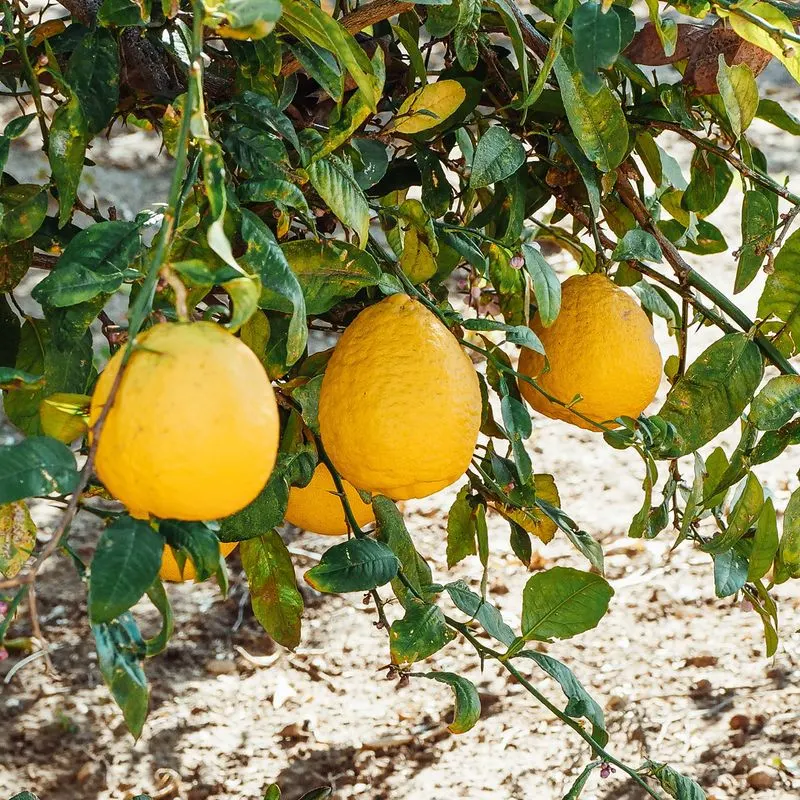
Insects like aphids or spider mites can infest lemon trees, causing yellowing leaves. These pests feed on the sap, weakening the plant. Similarly, diseases such as root rot or leaf spot can lead to discoloration. Regular inspections help catch these issues early. Introduce beneficial insects like ladybugs or use organic pesticides to manage infestations. Addressing diseases may require fungicides or improved sanitation practices. Ensuring your tree is healthy makes it less susceptible to pests and diseases. A robust defense plan keeps yellowing at bay and maintains the tree’s vigor.
Temperature Fluctuations
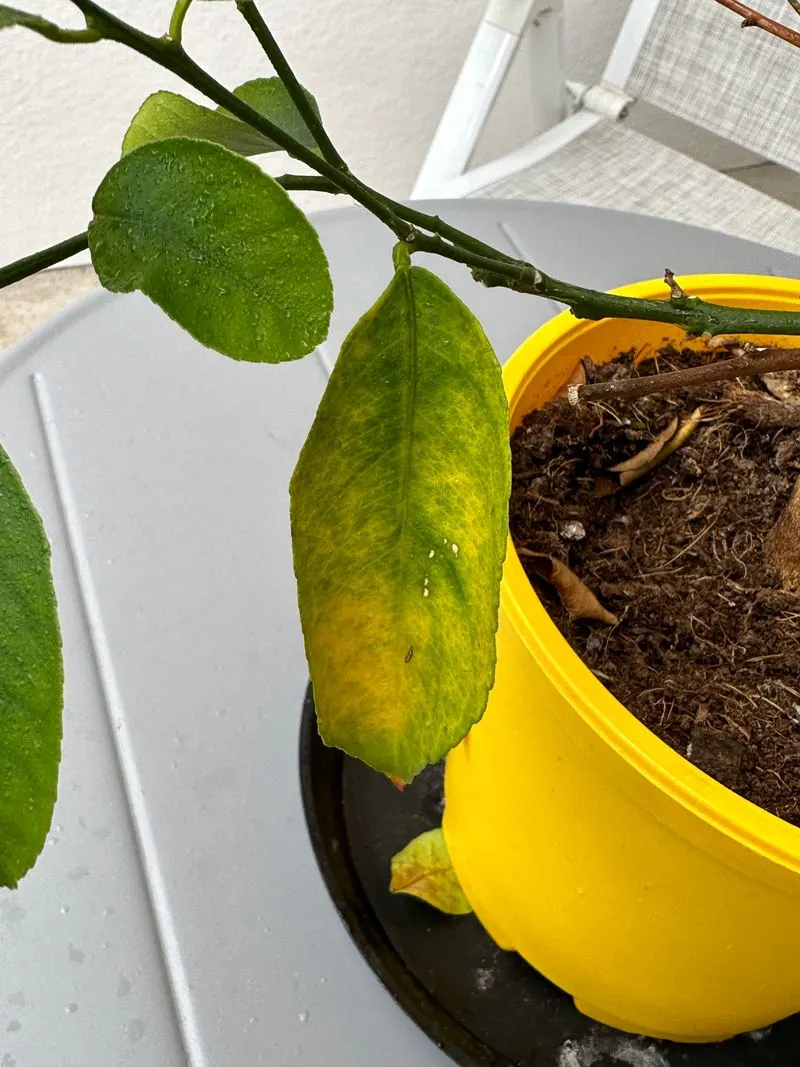
Extreme temperature changes can stress lemon trees, resulting in yellowing leaves. Both sudden cold snaps and heatwaves affect the plant’s physiology. Protecting your tree from these fluctuations is vital. During colder months, consider using frost cloths or moving potted trees indoors. In extreme heat, ensure adequate watering and shade. Consistency in temperature helps promote healthy growth. Planning for seasonal changes and unexpected weather events ensures your tree remains resilient. Observing weather patterns and adjusting care practices accordingly can mitigate yellowing caused by temperature stress.
Transplant Shock
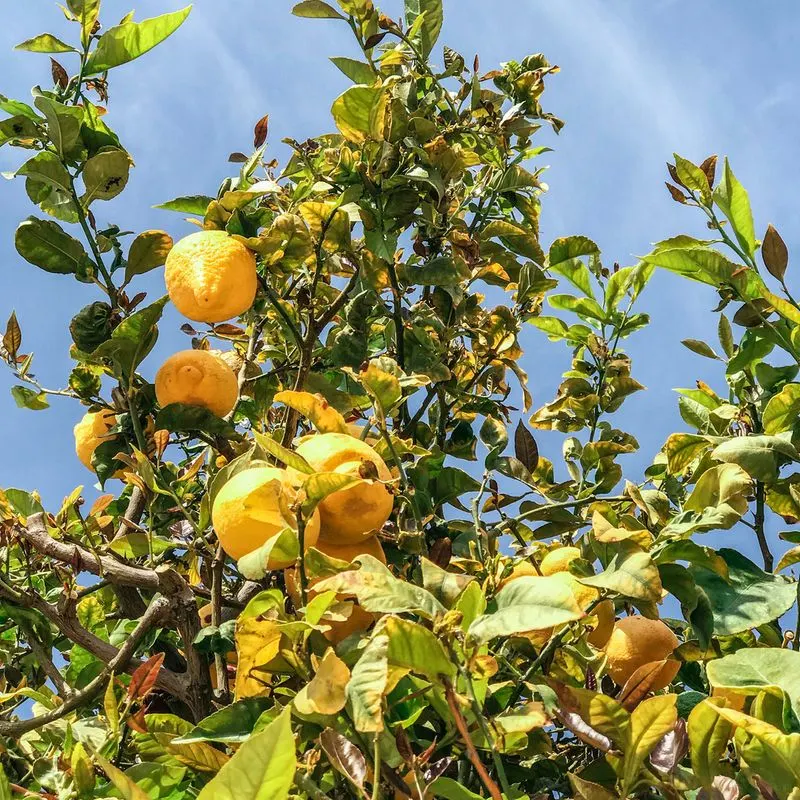
After transplanting, a lemon tree may experience stress, showing signs like yellow leaves. This shock results from root disturbance and changes in soil or light conditions. Minimize shock by transplanting during cooler months. Water thoroughly before and after moving the tree to support root recovery. Gradually expose the plant to new light conditions by using shade cloths or gradual repositioning. Patience and gentle care are key during this adaptation period. Observing the tree’s response helps in making necessary adjustments, ensuring a smooth transition and the recovery of vibrant foliage.
Improper Pruning
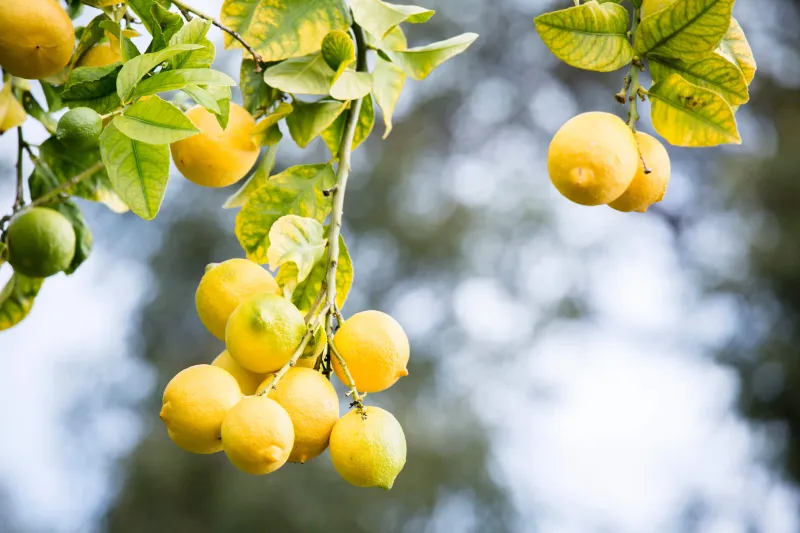
Pruning mistakes can lead to stressed lemon trees, resulting in yellowing leaves. Over-pruning removes essential growth and energy reserves, weakening the plant. Make clean cuts just above leaf nodes to encourage healthy regrowth. Timing is also crucial; late winter or early spring is best for pruning. Avoid removing more than 20% of the foliage at once to prevent shock. Regularly assess and adjust your pruning techniques to ensure optimal growth. Proper pruning stimulates robust health, reducing the incidence of yellow leaves and promoting lush, green branches.
Sunlight Issues
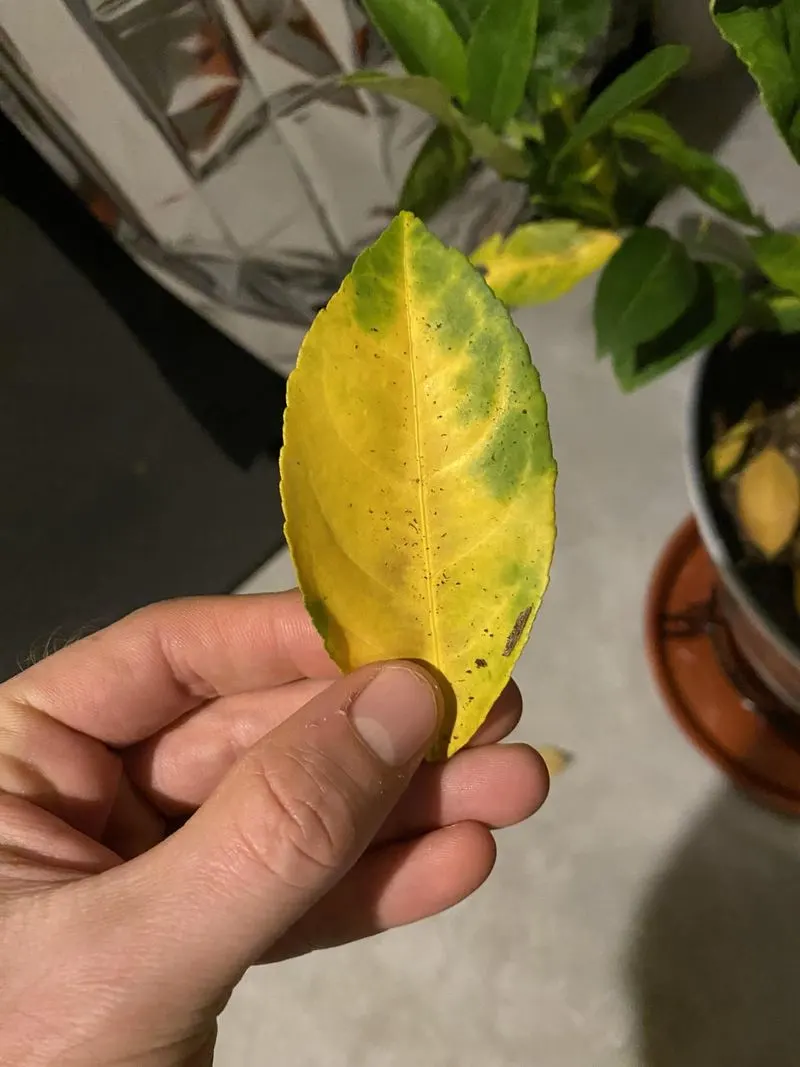
Insufficient sunlight can cause lemon tree leaves to yellow, as they need ample light for photosynthesis. Position your tree where it receives at least 6-8 hours of sunlight daily. If indoors, consider supplemental lighting with grow lights. Observe the tree’s position throughout the day, adjusting as necessary to maximize sun exposure. Avoid drastic changes in light conditions too quickly, as this may stress the plant. Consistent light availability ensures the tree’s energy production remains steady, supporting healthy, green leaves and robust overall growth.
Root Bound
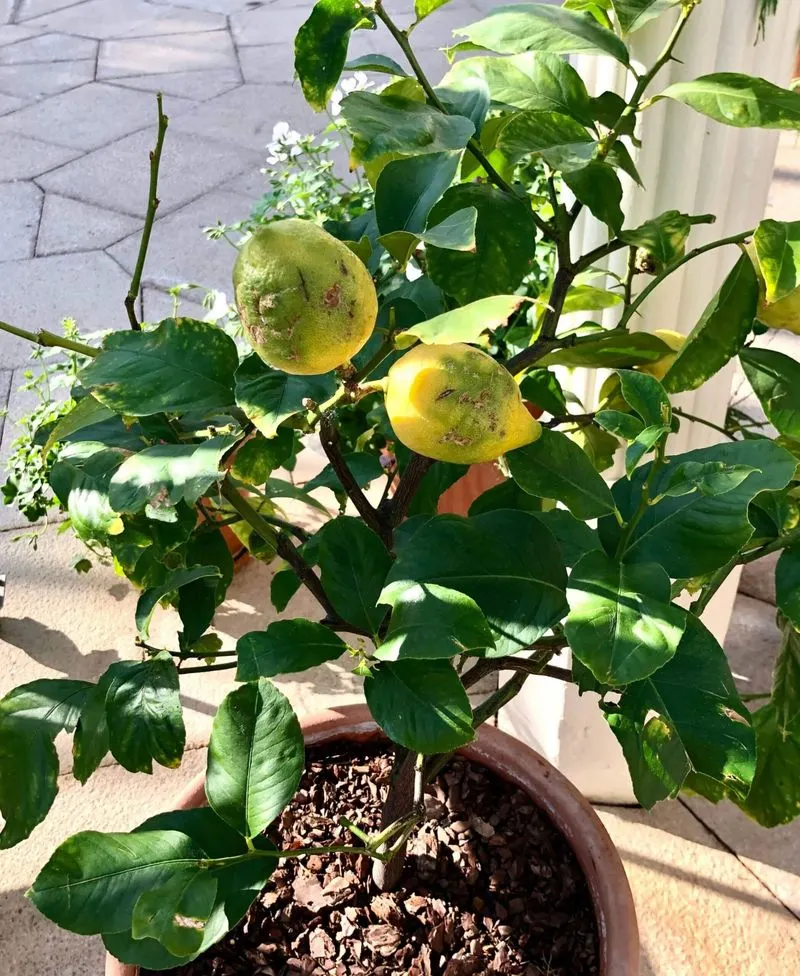
When a lemon tree is root bound, its growth becomes restricted, causing yellow leaves. This occurs when roots have no room to expand in their container. Repotting into a larger pot provides space for roots to grow. Gently loosen the root ball before placing it in fresh soil. Choose a container with adequate drainage to prevent waterlogging. Regularly checking for signs of root binding, like roots circling the pot, helps you act before stress occurs. Expanding root space promotes healthy nutrient and water uptake, revitalizing the tree’s foliage.

